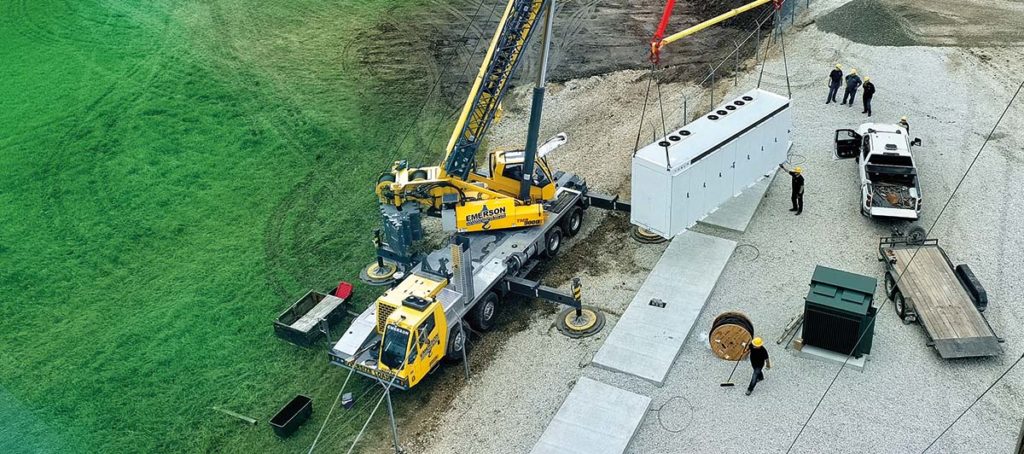
As more electric cooperatives pursue energy storage, a generation and transmission co-op is offering a trial battery rate to help members deliver peak savings and learn more about the technology.
Bismarck, North Dakota-based Basin Electric Power Cooperative, which supplies electricity to 131 co-ops in nine states, incorporated a member-owned trial battery rate into its rate schedule in 2020. The special rate allows Basin’s all-requirements-contract members to try out energy storage technology to reduce peak demand costs.
Basin Electric said it benefits by learning how energy storage impacts its overall system.
“The rate gives our members the ability to own and operate batteries, up to a certain size limit, and share their monthly data with us, which then allows Basin Electric to gain a better understanding on how the batteries are performing for load management,” said Elizabeth Erhardt, Basin Electric’s rate and load analyst.
The rate provision allows up to 150 kilowatts of battery storage per distribution co-op and lets participants decide when to charge and discharge their batteries, which must be located within their service territory and below Basin’s point of delivery.
Other requirements include keeping the battery output under the load level on the portion of the system it serves. Participating co-ops must also pay all costs of delivering the batteries’ output to the grid.
Two members of Basin Electric are taking advantage of the incentive so far.
Corn Belt Power Cooperative recently installed a 1.425-megawatt Tesla® Megapack at its Hampton Substation under the plan. The G&T, based in Humboldt, Iowa, pooled its 10 member co-ops’ individual allocations to qualify for the large system under the battery rate.
Corn Belt said the storage system will allow it to avoid peak demand charges for up to six hours and recover its $3.5 million cost by 2035. A ribbon-cutting with members is slated for spring.
“We will use the battery project as a load-management resource to reduce peak demand costs,” said Jacob Olberding, Corn Belt’s vice president of power supply. “By doing so, we hope the batteries pay for themselves in 12 years.”
Northwest Iowa Power Cooperative combined allocations from its six member co-ops to deploy a 975-KW battery system at its Lawton Substation in 2021. The Le Mars, Iowa-based G&T has discharged its battery about 74 times over the past 14 months to help shave peak demand costs.
“Discharging the battery helps to hold rates stable between NIPCO and members and between members and member-consumers,” said Chris Larson, NIPCO system planning and protection engineer.
The G&T sees the battery system as essential to meeting its members’ values and future needs for affordable and reliable power.
“The project is testimony to one of the seven cooperative principles at work: cooperation among cooperatives,” said Matt Washburn, NIPCO executive vice president and general manager.
“Without our member distribution cooperatives agreeing to combine their respective battery allocations, and Basin Electric’s member rate policies, this project would not have occurred.”
Cathy Cash is a staff writer for NRECA.